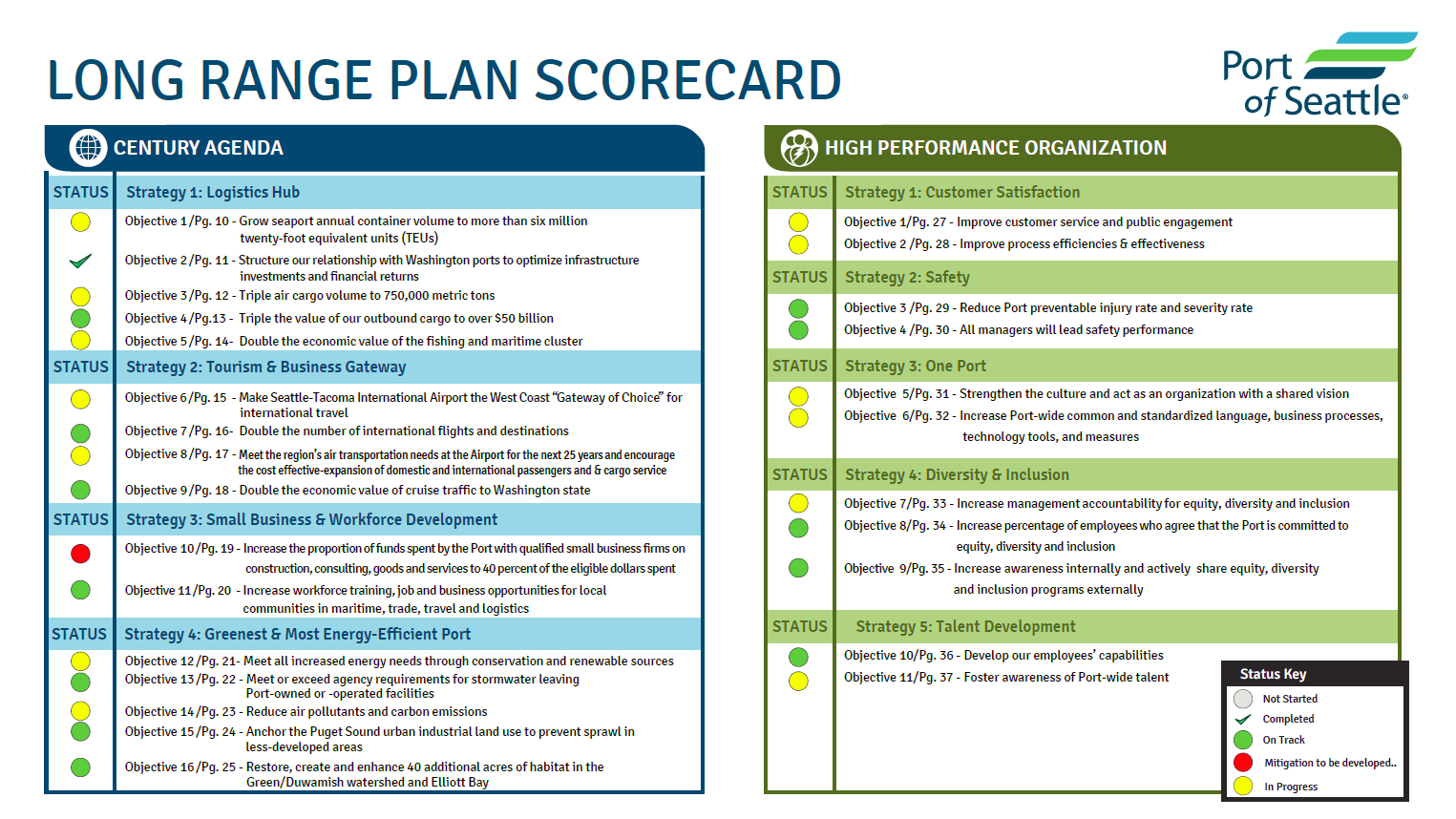Port of Seattle Appoints New Seaport Director
 The Port of Seattle’s director of environmental and planning programs, Stephanie Jones Stebbins, has been named the new managing director of the port’s maritime division. Jones Stebbins will be responsible for directing the operations of the port’s cruise, commercial fishing, merchant marine and recreational marina business lines, plus its marine maintenance and industrial properties. The port – which forms one-half of the Northwest Seaport Alliance, along with Port of Tacoma – has two cruise ship terminals, a large fishing terminal for the North Pacific fleet, a grain terminal, a public cargo terminal and four public marinas.
The Port of Seattle’s director of environmental and planning programs, Stephanie Jones Stebbins, has been named the new managing director of the port’s maritime division. Jones Stebbins will be responsible for directing the operations of the port’s cruise, commercial fishing, merchant marine and recreational marina business lines, plus its marine maintenance and industrial properties. The port – which forms one-half of the Northwest Seaport Alliance, along with Port of Tacoma – has two cruise ship terminals, a large fishing terminal for the North Pacific fleet, a grain terminal, a public cargo terminal and four public marinas.
“Stephanie Jones Stebbins has proven herself a strategic and agile leader in moving policy priorities forward here at the Port of Seattle,” said Interim Executive Director Dave Soike. “She will bring these qualities to her new role as Maritime Director.”
At the Port, Jones Stebbins has been the director of environmental and planning programs for six years, was the director of seaport environmental for four years, and manager of seaport strategic and facility planning for five years. She spent three years in the Peace Corps and overseas consulting in addition to several years of work in the U.S. before coming to the Port of Seattle. Jones Stebbins holds a bachelor’s degree from Duke University and a master’s degree from the University of North Carolina.
Port commission approves strategic plan
In a meeting October 10, the port’s commissioners approved an ambitious new five-year strategic plan for Seattle’s airport and seaport operations. Its goals include growing container volume to six million TEU, doubling the value of Seattle’s fishing and maritime cluster, doubling the value of cruise tourism in Washington State, and meeting all increased energy needs through conservation and renewable sources. The container volume target aligns with the Northwest Seaport Alliance’s goal of six million TEU by 2025, up from 3.6 million TEU in 2016, and it reflects the anticipated volume from a soon-to-be-built terminal for ultra large container ships (ULCVs). 
